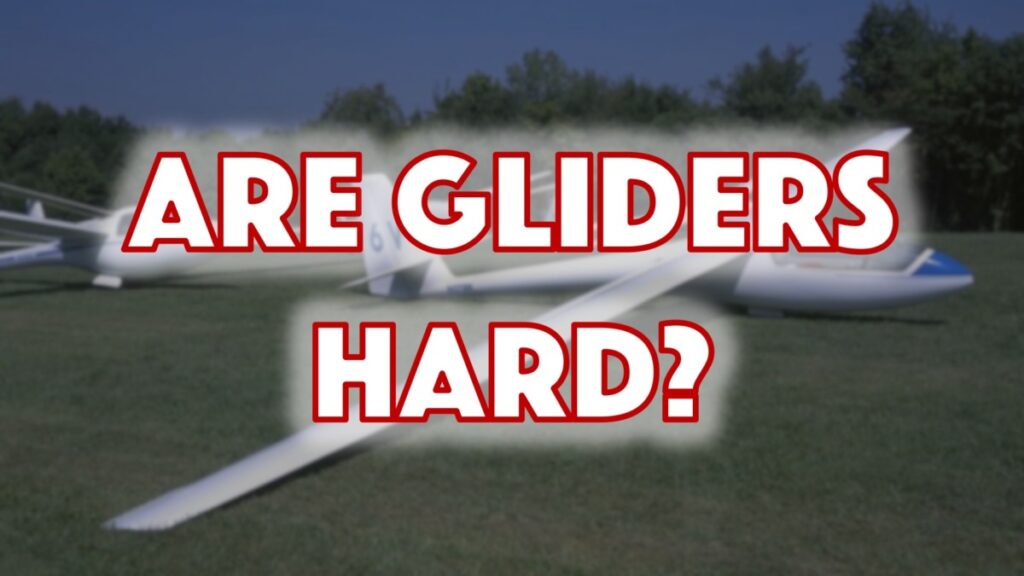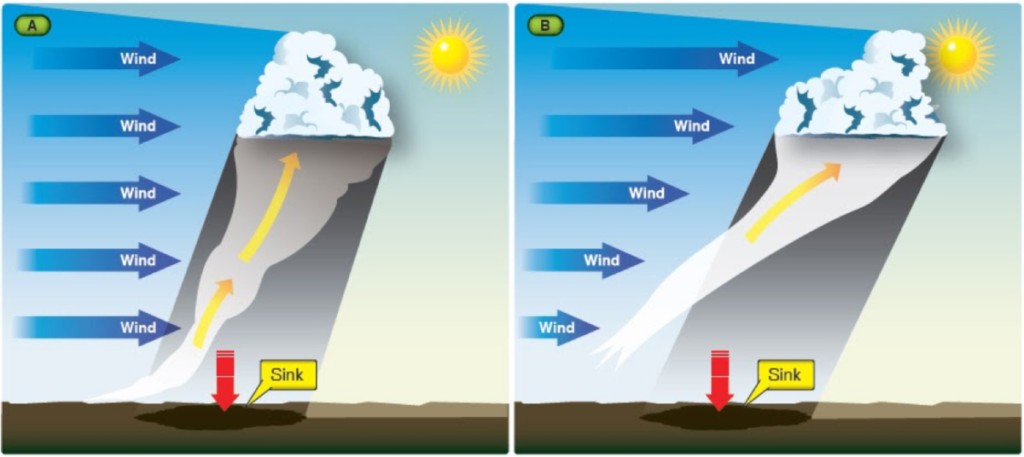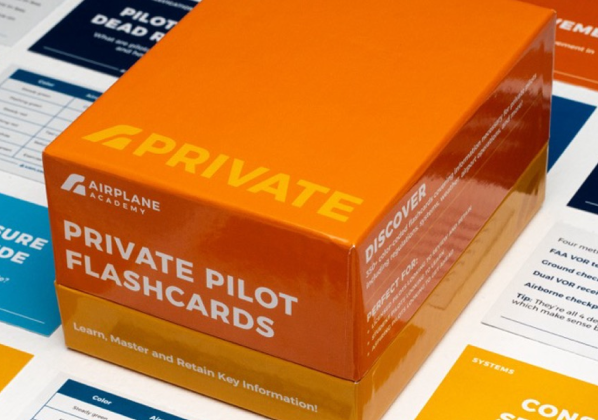
Gliders are aircraft designed to fly without using an engine. The general principles of controlled flight in a glider are no different from powered aircraft.
With the exception of dive brakes or spoilers the available control surfaces on a glider are the same as powered aircraft as are the inputs from the pilot that move those surfaces. So are gliders hard to fly?
Flying gliders is not very difficult but does take practice. Gliding takes hand-eye coordination skills and muscle memory that the vast majority of student pilots are able to accomplish while working towards their license which requires a minimum of 20 flights and 10 flight hours.
In addition to the basic flying skills you will need to attain as a pilot, gliders possess a few unique challenges that are a main focus of training.
Challenges Specific to Glider Training
Learning to fly is somewhat similar to driving a car except in addition to speed and lateral movement (left/right), there is pitch and also roll.
While sometimes challenging at first, learning to master these flight characteristics is something the vast majority of students are able to accomplish.
Gliders pose a unique challenge in that they typically do not have their own propulsion. As such, there are a few parts of training that are more difficult than others, such as the length of training flights, launching, thermalling, and landing.
Glider training for the initial glider pilot certificate is not especially difficult.
Difficulty of Gliding Training Flights
The primary training challenge to flying gliders is flight time. This is because you are not typically finding lift to stay up and only have the time it takes to glide from release altitude back to the airfield.
This means that each flight you really only have time to practice a couple repetitions of a skill before you have to set up for landing rather than being able to drill multiple repetitions of a skill to proficiency.
This can sometimes make the flight challenging in that it is fairly quick, but more so the challenge is in the logistical implication. Shorter training flights means you will need more total flights to accomplish the required training.
Powered aircraft on the other hand can have training flights that last for hours and can accomplish many different requirements and provide an opportunity to practice various maneuvers many times in the same flight.
Difficulty of Launching Gliders
Launching a glider presents several challenges for glider pilots. There are a few skills necessary for all launch methods, and some specific to the different launch methods that we will look at.
Maintaining wings level through launch is necessary as most gliders have a single main gear under the fuselage. While some will also have a nose or tail wheel, they are along the fuselage center line and do not support the wings during launch.
A wing runner can help for the first portion of launch, but once speed exceeds what the wing runner can keep up with the pilot must maintain a wing-level attitude.
Dropping a wing once speed is starting to build and the sudden drag associated with the wing tip contacting the ground can result in damage or crash.
For most launch methods the glider pilot needs to be ready for and able to manage failure of the launch system. For pilots of powered aircraft this is similar to contingency planning for loss of power on takeoff, with the added step of disconnecting from the launch rope.
Now we will look at skills necessary for two of the most common launch methods.
Difficulty of Winch Launch
Winch launch facilities use a winch at one end of the air strip connected by tow rope to a tow hook on the glider under the fuselage near the center of gravity (a CG hook). The winch reels in the tow rope pulling the glider forward.
Once the glider has enough speed the pilot enters a steep climb to gain altitude before leveling off to disconnect from the winch.
Winch launch technique is a practiced skill and even licensed glider pilots should receive training on winch launch procedures if they have never used this method previously.
The winch specific skills are maintaining positive rudder control to avoid running over the tow cable at the beginning of the launch, and maintaining attitude control during the steep climb phase of the winch launch.
During the steep climb phase the horizon is not visible when looking forward, so using the appearance of the horizon out the side of the canopy and the attitude indicator is needed to maintain a wing-level attitude.
Difficulty of Aero Tow
When towed up by an airplane a glider pilot needs to be maintaining their own safety as well as that of the tow pilot. This most significantly begins when the glider first lifts off.
The glider, typically having better performance/lift characteristics than the tow plane will want to fly before the tow plane. If the glider climbs too high initially this can pull the tail of the tow plane up while the tow plane is still on or close to the ground leading to a prop strike for the tow plane.
Once the tow plane and glider are airborne, maintaining ideal position behind the tow plane is the primary task of the glider pilot. This helps the tow pilot maintain appropriate control, and for the glider pilot avoids the turbulent air wake from the tow plane.
Once at the desired release altitude the glider pilot pulls a release disconnecting the glider from the tow rope. The tow plane and rope should be watched until clear of the glider flight path.
Difficulty of Thermalling in Gliders
Since gliders usually don’t have their own propulsion, staying aloft requires pilots to find and utilize thermals and updrafts of air to provide altitude gains to prolong the flight.
This requires some physical ability but more so an understanding of weather theory.
Knowledge of regional weather patterns and terrain features that result in lift makes finding lift easier. There are also indicators that are taught during training.
Ridge and wave lift tend to be larger areas of lift that can be more consistent in their presence due to their dependence on geography or regular weather patterns.
Thermals are rising columns of air formed when the ground is heated by the sun leading to the air immediately above the area being heated & rising often several thousand feet.
Typically thermals will lead to cumulus cloud formation which can help glider pilots identify possible lift sources. They are typically less consistent in location and duration compared to ridge or wave lift and often the area of lift is smaller as well.
The basic description of a thermal conjures the image of air moving straight up like an elevator shaft. That is seldom the case as winds and other factors can cause the thermal to drift from the point of origin on the ground.
Learning to identify the likely origin point and visualize the path the rising air follows is a skill that comes with practice.

A constant focus of glider pilots is locating and utilizing thermals to provide lift for the aircraft to keep it aloft.
Difficulty and Importance of Coordinated Flight in Gliders
Maintaining coordinated flight is one of the most important fundamental skills pilots learn. It essentially means keeping the centrifugal force of the aircraft in line with the direction of the aircraft itself, and is most important during turns.
Uncoordinated flight results in slipping or skidding turns which can be potentially dangerous. For more reading on this topic, see our article on slipping vs. skidding turns.
Coordinated flight can be indicated through various mechanisms, including yaw string, turn and slip indicator, turn coordinator (see the difference between a turn and slip indicator and a turn coordinator here), and even by feel.
Maintaining coordinated flight and developing a “feel” for it is very important during thermalling. This is because thermalling is one of the busiest times for a glider pilot.
Thermalling requires maintaining correct air speed, monitoring rate of climb, traffic avoidance, and maintaining bank to stay in the lift.
Thermalling is typically performed at the glider’s best lift to drag (L/D) speed. The best L/D speed for a glider is the speed at which it creates the most lift and the least drag, and is specific to that glider and published in the manufacturer’s handbook.
This speed is often not very much above the stall speed for the glider. Combined with the bank angle (which increases the stall speed) this makes thermalling a maneuver that can result in an accelerated stall. If this occurs when flying uncoordinated a spin can occur.
While a general “feel” for the glider’s energy and coordination is not a substitute for instrument checks, it gives pilots the ability to more quickly interpret the information on the instruments and is something most glider pilots consider an essential skill.
The Difficulty of Landing a Glider
Pattern procedures and approach to landing in a glider are not complicated. The main consideration is there is not an option for a go-around for balked landings.
Glider runways typically have sufficient length to allow for pilots to overshoot their intended touchdown point without incident. That does not mean it is OK to be sloppy with intended touchdown points.
Well executed approach and accurate touchdown become very important for off field landings. This can happen often in glider flying and is referred to as “landing out”.
When landing in a rural field, an accurate approach and touch down can mean the difference between landing without incident, or hitting a fence or tree line. As a result every landing should be used as an opportunity to practice precision, requiring excellent energy management skills.
The Overall Difficulty of Flying Gliders
So now that we’ve looked briefly at some of the unique challenges required to safely fly a glider, are gliders hard to fly? In the opinion of this glider pilot: not especially.
The training required to earn a glider pilot certificate ensures you are able to safely operate a glider. Practice and proficiency in the skills discussed in this article are part of what will make you a good glider pilot.
Like any skill, mastery of the challenges discussed here requires regular practice to maintain proficiency. Flying gliders hoans skills that apply to all pilots and can be incredibly fun; but no, gliders are not hard to fly. They do however, like any other skill, take practice to fly well.



